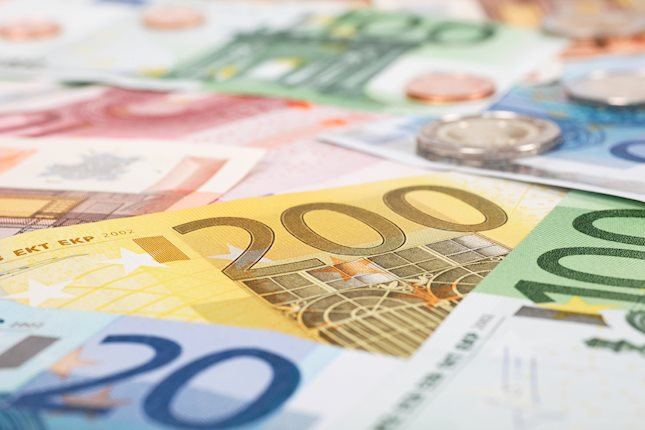The PCE print is the personal consumption expenditures print that measures the spending on goods and services by the citizens of the United States. Around 2012 the PCE index became the main inflation index used by the Federal Reserve to inform its policy decisions.
The PCE price index
The PCE price index has two figures. The first figure is from all the spending categories and the second figure excludes inputs for food and energy. This second figure is known as the ‘core PCE price index’ and is seen as the better indicator of inflation. This is because the natural fluctuation of the food and energy markets can ‘hide’ true inflation trends. The main sections of the report include the following:
-
Durable goods: Motor vehicles, recreational goods, durable goods, and furnishings.
-
Nondurable goods: Things like food and drink, clothing, footwear, petrol, and other nondurable goods.
-
Services: Health care, transport recreation, financial services, and insurance plus other services.
What’s the trade to watch for?
Since the start of February markets have been pricing in a more hawkish Fed. The strong Labour market, rebounding service sector, and hawkish US retail sales print have all led to more hawkish rate expectations. This has been supporting the USD, weakening stocks, and weighing on precious metals. So, the best short-term trading opportunity would come from any sense that the core PCE price index is falling more rapidly than markets expected. The prior core reading for December was 4.4%. See below:
January’s print is expected to come in at 4.3% for another fall, but any moves lower at 4.1% or lower will encourage hopes of a Fed pause once again. If we see a miss of 4.1% or lower and the headline and m/m comes in at 0.1% or lower, then it is reasonable to expect USD weakness, stock strength (S&P500), and gold upside as a knee-jerk reaction for intraday traders.
Our products and commentary provides general advice that do not take into account your personal objectives, financial situation or needs. The content of this website must not be construed as personal advice.
Recommended Content
Editors’ Picks

EUR/USD drops below 1.0550 ahead of German inflation data
EUR/USD extends losses below 1.0550 in the European session on Thursday. The pair's downside could be attributed to French political worries and a broad US Dollar rebound amid the cautious mood. Traders remain wary due to mounting trade war risks. Germany's inflation data is in focus.

GBP/USD holds lower ground near 1.2650
GBP/USD remains pressured near 1.2600 in European trading on Thursday as the US Dollar picks up haven dmeand on deteriorating risk sentiment. A sense of cautiom prevails amid Trump's tariff plans even though liquidity remains thin on Thanksgiving Day.

Gold price bulls remain on the sidelines on stronger USD, positive risk tone
Gold price (XAU/USD) reverses an intraday dip to the $2,620 area and trades near the daily high during the first half of the European session on Thursday, albeit it lacks bullish conviction. Investors remain concerned that US President-elect Donald Trump's tariff plans will impact the global economic outlook.

Fantom bulls eye yearly high as BTC rebounds
Fantom (FTM) continued its rally and rallied 8% until Thursday, trading above $1.09 after 43% gains in the previous week. Like FTM, most altcoins have continued the rally as Bitcoin (BTC) recovers from its recent pullback this week.

Eurozone PMI sounds the alarm about growth once more
The composite PMI dropped from 50 to 48.1, once more stressing growth concerns for the eurozone. Hard data has actually come in better than expected recently – so ahead of the December meeting, the ECB has to figure out whether this is the PMI crying wolf or whether it should take this signal seriously. We think it’s the latter.

Best Forex Brokers with Low Spreads
VERIFIED Low spreads are crucial for reducing trading costs. Explore top Forex brokers offering competitive spreads and high leverage. Compare options for EUR/USD, GBP/USD, USD/JPY, and Gold.
-638126553679911065.png)
-638126553857219461.png)